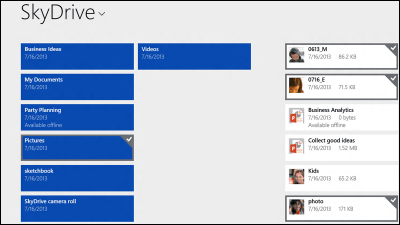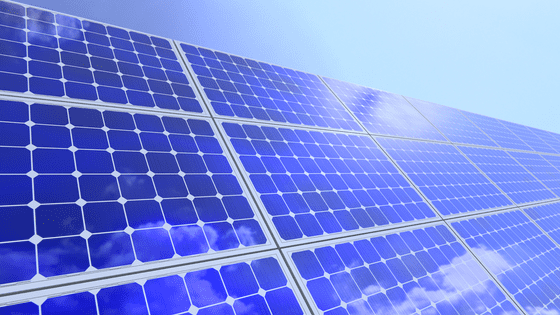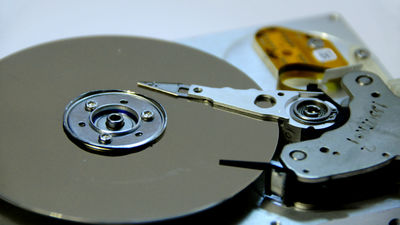SSDs that are not powered on are at risk of gradually losing data, making them unsuitable for long-term storage.

SSDs are increasingly being used over HDDs for everyday storage due to their speed, convenience, and low power consumption. However, when it comes to long-term data storage, SSDs are often criticized for being unreliable.
The unpowered SSDs in your drawer are slowly losing your data

While HDDs write data magnetically to the disk, SSDs write data by changing the electrical charge in the NAND flash cells. Therefore, if there is no power supply for a long period of time, the charge stored in the cells will be lost, which may result in data loss.
According to Danveer Singh of XDA Developers, an IT news site, Quad Level Cell (QLC) NAND, which can store four bits of data per memory cell, can safely retain data for approximately one year without power. Triple Level Cell (TLC) NAND, which stores three bits of data per memory cell, can last approximately three years, while Multi Level Cell (MLC) NAND and Single Level Cell (SLC) NAND last five to ten years. Since most commonly available SSDs use QLC NAND or TLC NAND, leaving an SSD unpowered for a year increases the risk of data loss.
On the other hand, it's not necessarily a good idea to leave the power on all the time; there is also a lifespan due to write cycles. While most users will likely not use the same SSD until it reaches the end of its lifespan, Shin recommends making a backup above all else.
Hacker News, a social news site, commented, '
Fairfeather, an SSD firmware engineer, suggests that users should run a file system check (fsck) once a month, but he also believes that SSDs are not suitable for long-term storage.
SSD firmware engineer here. I work on enterprise stuff, so ymmv on consumer grad... | Hacker News
https://news.ycombinator.com/item?id=46040902

Related Posts:
in Hardware, Posted by logc_nt







